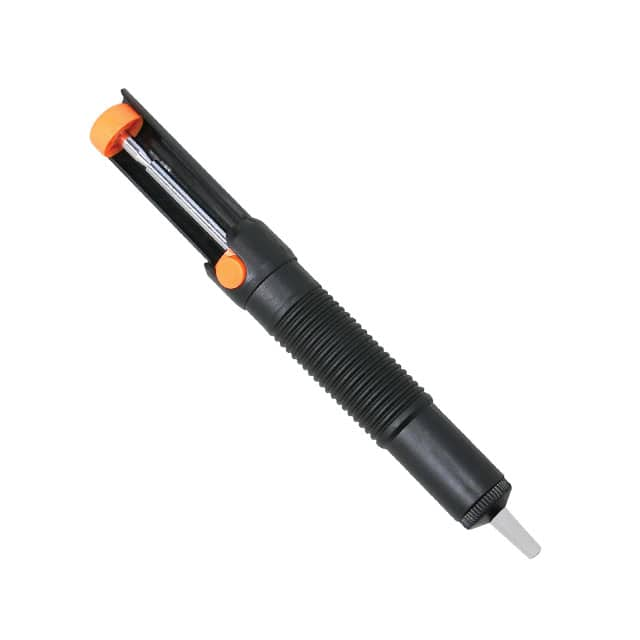ragamuffin
Hero Member
- Messages
- 1,592
Hey guys, I know at least a few of you know your way around a tube amp. I've been experiencing a buzzy/farty sound coming from my amp when I play hard or on bassy notes. I tried replacing the power tubes and one of the preamp tubes, but I still get the same noise. I found that when I tap or slightly move the power tubes it makes the same noise. It's more of a loud, static-y "pop" than the snap noises it sounds like in the video.
Here's a vid of the buzz when playing, I have some delay on as it seems to accentuate it.
https://youtu.be/o_yyXRPSicQ
And here's a vid of me tapping/moving the power tubes
https://youtu.be/ccYpaWaTcrE
Any idea what could be wrong or if it might be a quick fix? Thanks guys.
Here's a vid of the buzz when playing, I have some delay on as it seems to accentuate it.
https://youtu.be/o_yyXRPSicQ
And here's a vid of me tapping/moving the power tubes
https://youtu.be/ccYpaWaTcrE
Any idea what could be wrong or if it might be a quick fix? Thanks guys.




